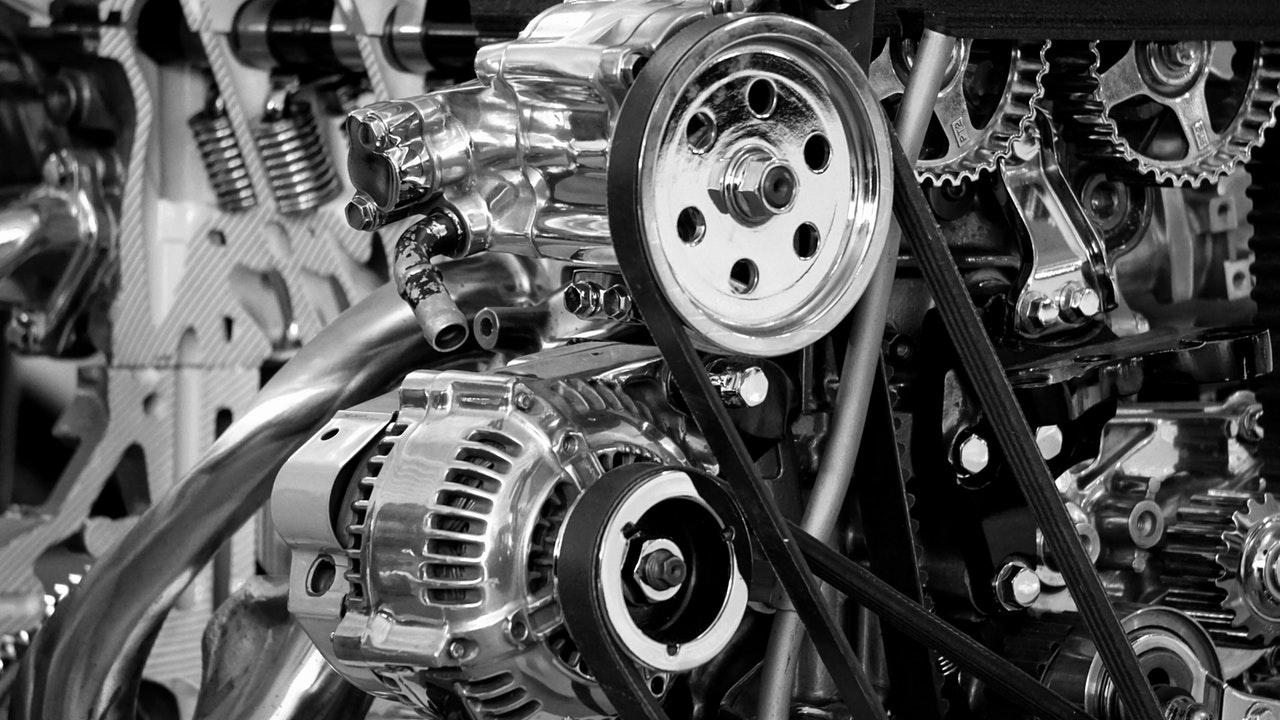
Jan
When you get a manufacturer warranty, one of the things you have protected is the transmission. When that coverage is up, you run the risk of a major repair bill should anything happen to this part of your vehicle. Here are two things you need to know about transmissions that can help you make a description about getting an extended auto warranty. (more…)
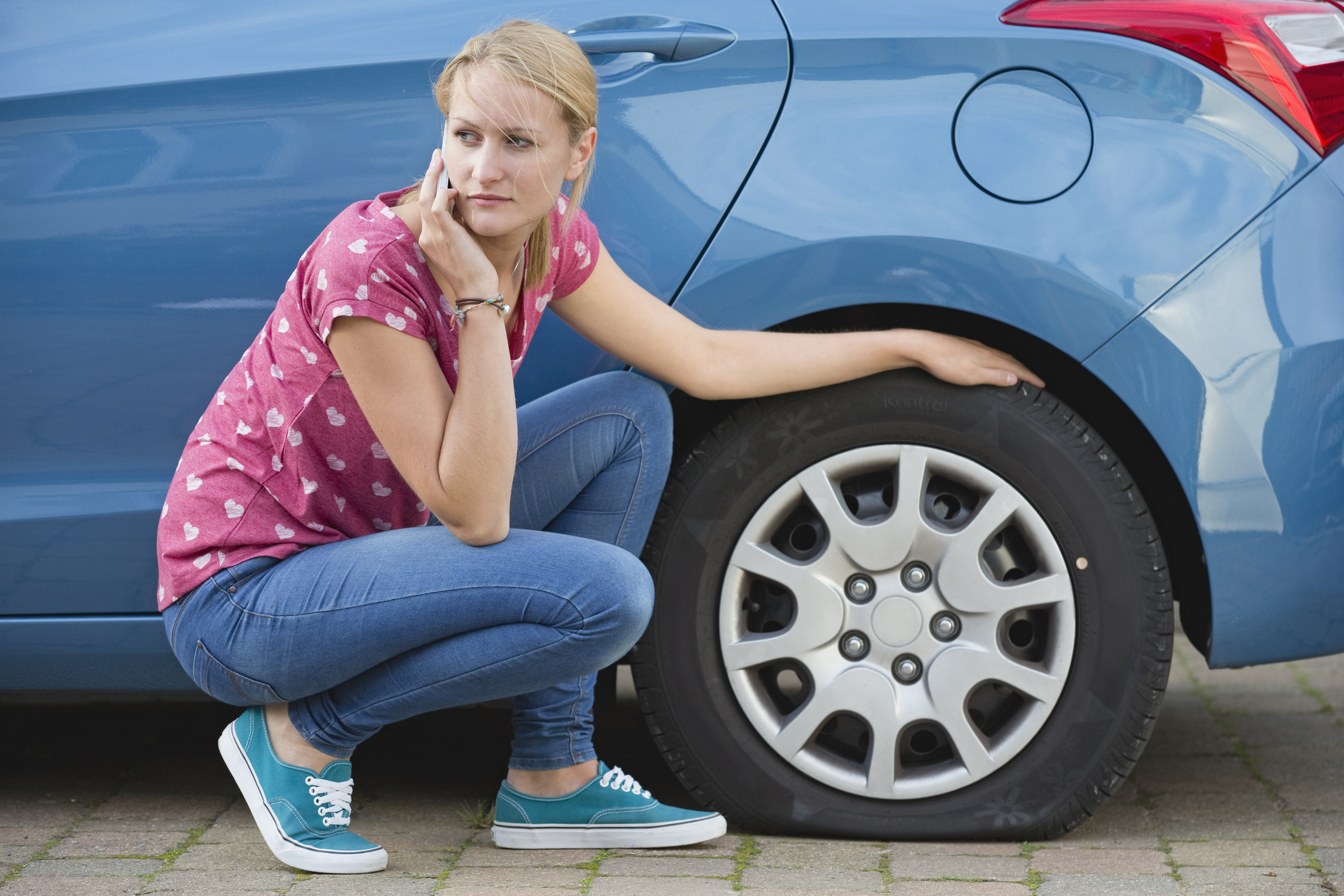
Sep
If you’ve ever been driving and felt the wobble of a low tire, you know the main reason you want to check your tires regularly. It’s no fun to get stuck on the side of the road with a flat. However, even if the tire doesn’t deflate to the point of leaving you stuck, there are still other reasons to keep tires fully inflated. Here are 3:
- You get your best gas mileage with properly inflated tires
- Driving on a low tire creates faster wear
- Driving on a low tire can lead to catastrophic damage to the side walls and tire failure
How to Check Your Tire Pressure
You can do a visual inspection of your tires before driving and get a good idea if any are low. But the only way to know if they are fully inflated is to use a tire pressure gauge. They are available at most automotive and convenience stores. You simply remove the tire stem cap and insert the gauge. The pressure reading should match the specified tire pressure in your owner’s manual. If it does not, you can add air at most gas stations.
Modern cars may be equipped with TPMS (tire pressure monitoring system). In this case, a dashboard light with an exclamation point inside a circle will indicate that one or more tires need air. Pull off as soon as you safely can to inflate the tires.
When a Tire Leaves You Stuck on the Road
If despite your best efforts, you still end up stuck, roadside assistance can be of great benefit. All you have to do is sit tight and wait for the service to arrive and take care of you. Vehicle Service Center offers roadside assistance package that you can combine with our extended warranty coverage. To learn more and get a free quote, call 1-800-280-6708.
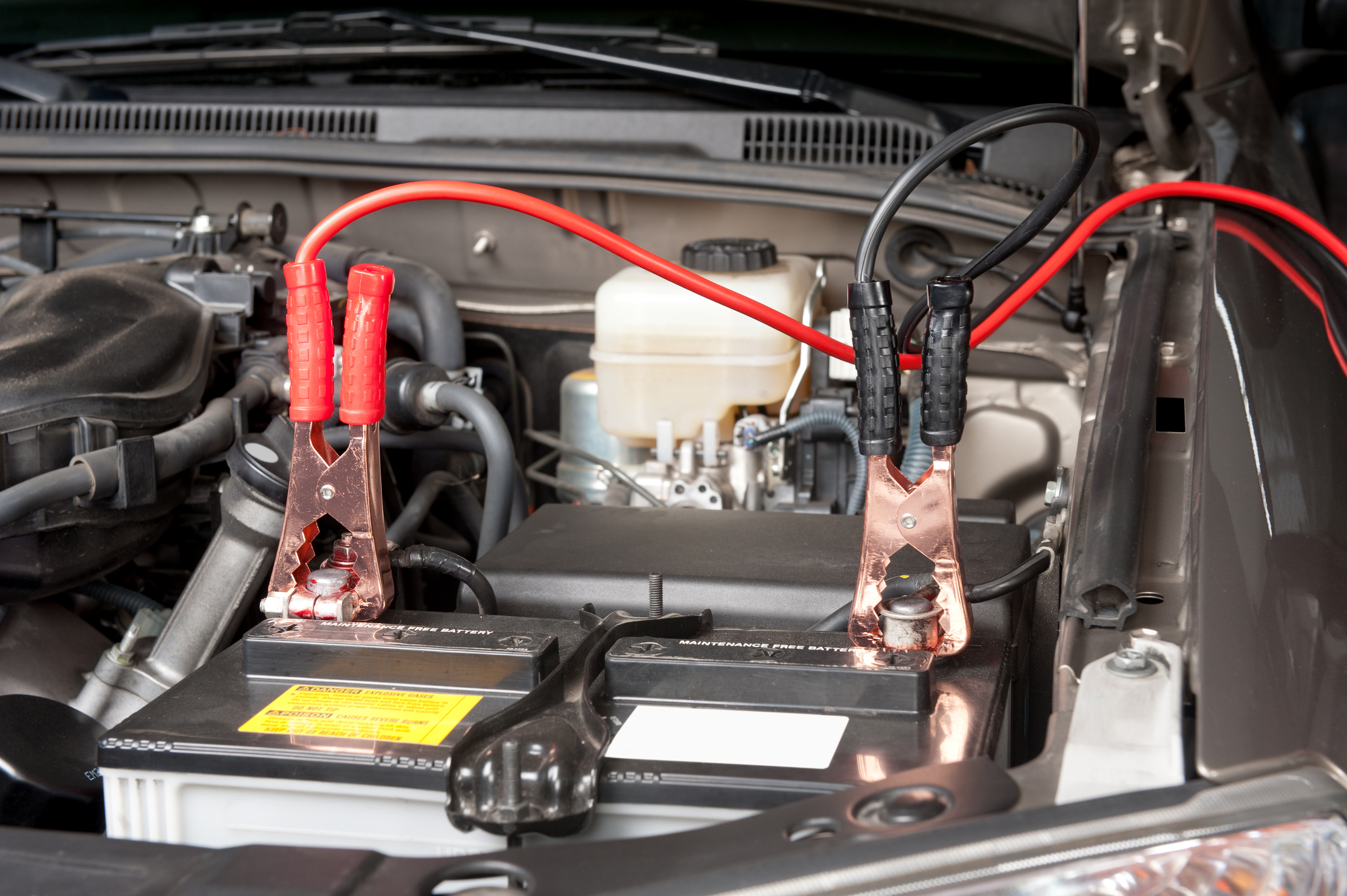
Aug
Have you ever been stuck in a parking lot or even in your own driveway because your car battery is out of juice? Whether you need jump assistance or a battery boost, it can be frustrating to have to wait for help to arrive, especially if you don’t have a roadside assistance plan. Here are 3 common misconceptions about battery problems.
Myth #1 – I Should Let My Battery Run Out Completely Before Charging It
Actually, letting your car battery run out completely will shorten its overall lifespan. In fact, you may not be able to bring a completely discharged battery back.
Myth #2 – I Can Use Any Battery Charger to Recharge My Battery
Some high output battery chargers give off too high of a voltage for your car battery. Don’t use a charger that is unregulated. Giving a battery a boost is best left to a professional unless you know what you are doing.
Myth #3 – If My Battery Is Low on Water, I Can Refill It from the Tap
Tap water contains minerals that can actually reduce your battery’s functionality. If you do add water to a battery on your own, make sure it has been distilled and no minerals have been added back into it.
The Best Way to Deal with Battery Problems
The best way to cope with a battery issue is to have a service plan and roadside assistance through Vehicle Service Center. That will allow you to get immediate assistance through a battery boost or via jump assistance, and it may help defray the cost of any needed repairs to keep the problem from happening again depending on the service package you select. To learn more, call one of our vehicle protection specialists at 1-800-280-6708 and get your free quote today.
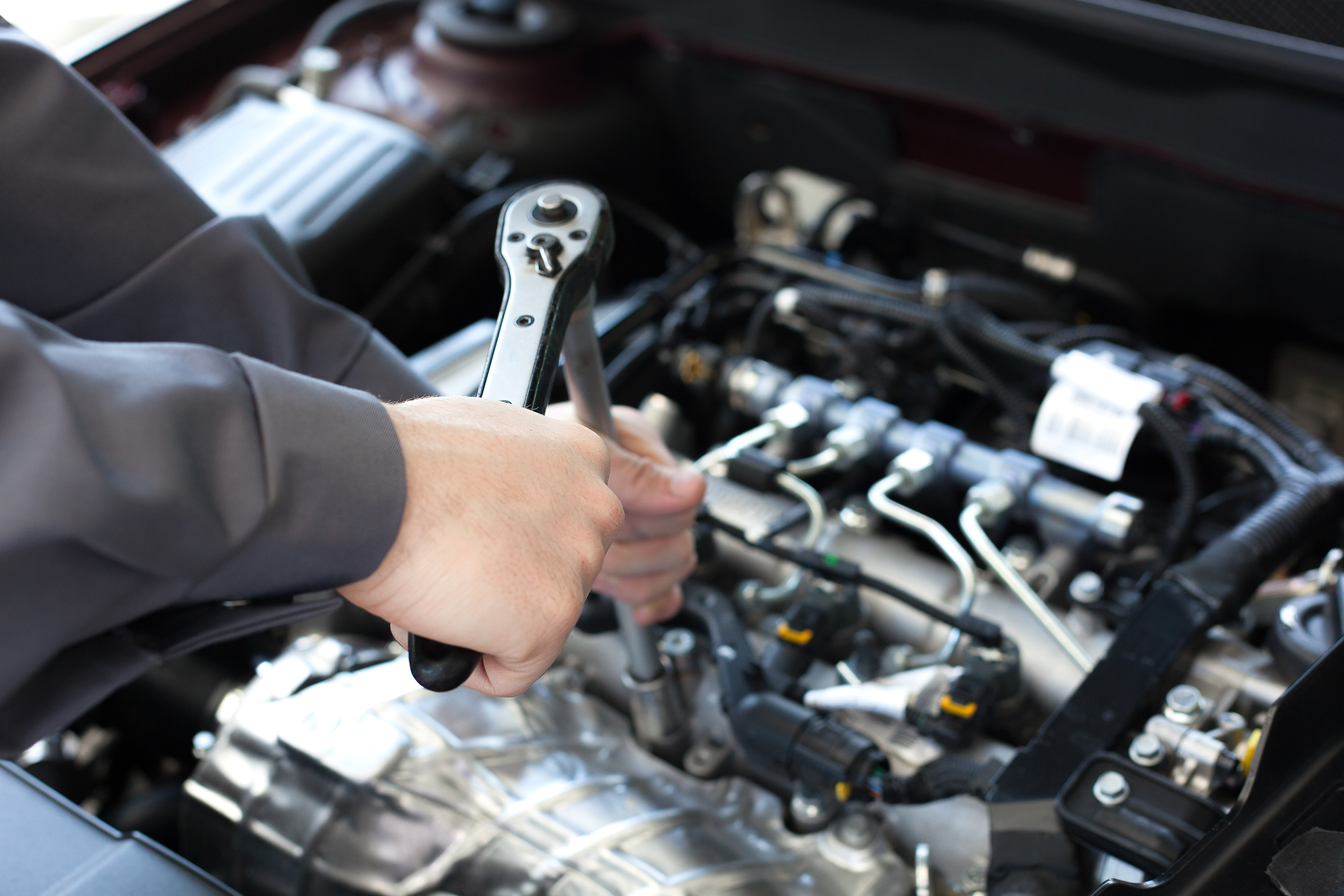
Aug
A car costs a lot more than just the sticker price. You also have to factor in depreciation, keeping the tank gassed up, interest on a loan, insurance premiums, and repair costs. What you may not realize is that the longer you intend to keep a car, the larger percentage of that overall ownership cost will end up being spent on repairs. According to Consumer Reports, it could be as much as 8% of your total cost of ownership.
No one can argue with the fact that auto repair costs are continuing to rise. This is usually blamed on the fact that cars are becoming more complicated as technology enters into every part of the vehicle. Modern mechanics need to be electricians and computer repairmen just as much as they need to be mechanically inclined. As a result, labor costs are often in the $80-125 per hour range.
Of course, repair costs also seem to vary wildly from state to state. According to CBS News, Connecticut is the most expensive state to have repair work done in, and Michigan is the cheapest. The information came from a study that looked at more 11.5 million auto repairs in the US.
Reducing the Lifetime Cost of Vehicle Ownership
One way to reduce the lifetime cost of vehicle ownership, regardless of the state you live in or the hourly rate of your local garage, is to purchase a service contract that protects you against major repair bills. Vehicle Service Center is proud to offer the best third-party warranty options to our customers. To learn more, speak to one of our vehicle service specialists by calling 1-800-280-6708.
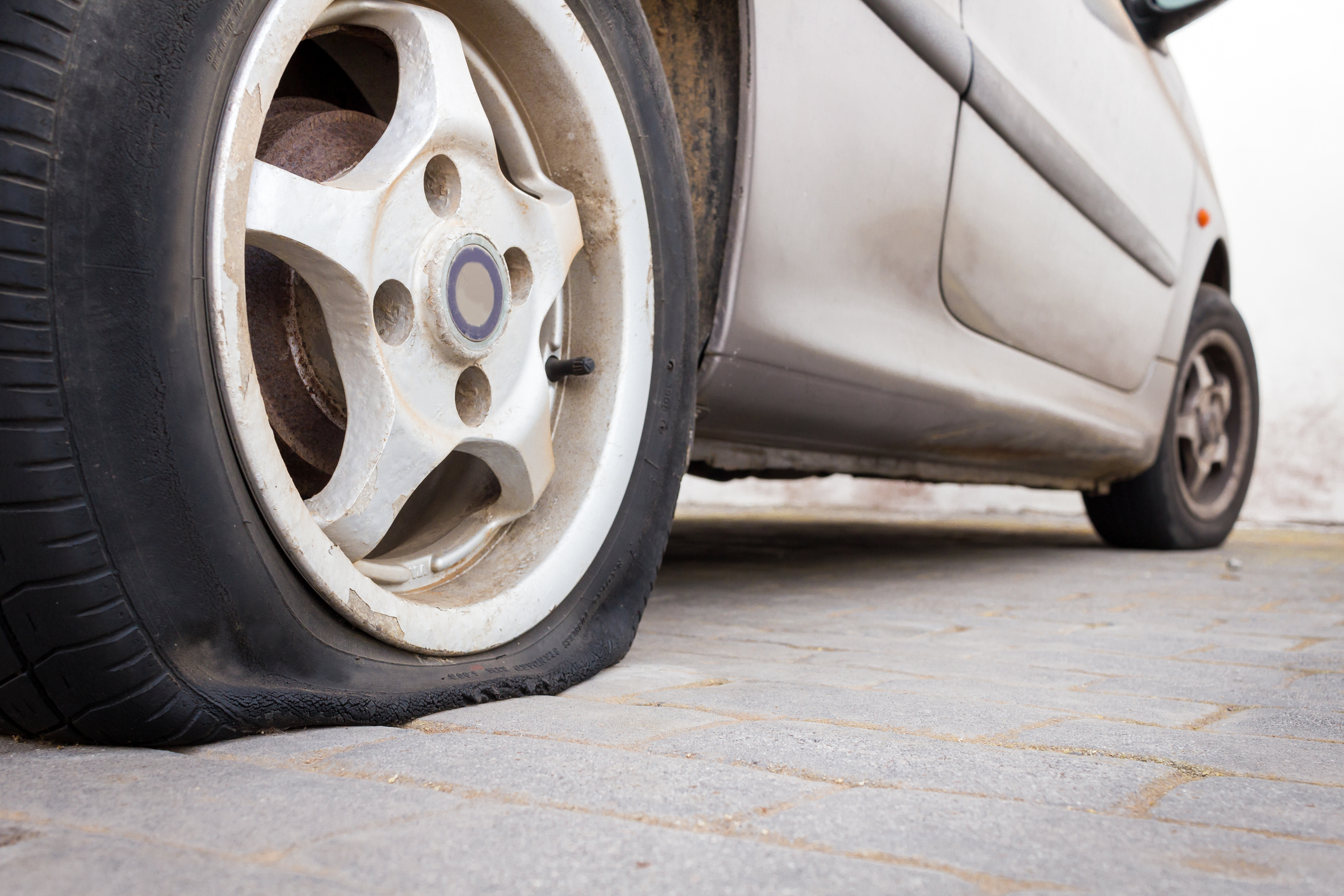
Aug
If you’ve ever been driving and felt the wobble of a low tire, you know the main reason you want to check your tires regularly. It’s no fun to get stuck on the side of the road with a flat. However, even if the tire doesn’t deflate to the point of leaving you stuck, there are still other reasons to keep tires fully inflated. Here are 3:
- You get your best gas mileage with properly inflated tires
- Driving on a low tire creates faster wear
- Driving on a low tire can lead to catastrophic damage to the side walls and tire failure
How to Check Your Tire Pressure
You can do a visual inspection of your tires before driving and get a good idea if any are low. But the only way to know if they are fully inflated is to use a tire pressure gauge. They are available at most automotive and convenience stores. You simply remove the tire stem cap and insert the gauge. The pressure reading should match the specified tire pressure in your owner’s manual. If it does not, you can add air at most gas stations.
Modern cars may be equipped with TPMS (tire pressure monitoring system). In this case, a dashboard light with an exclamation point inside a circle will indicate that one or more tires need air. Pull off as soon as you safely can to inflate the tires.
When a Tire Leaves You Stuck on the Road
If despite your best efforts, you still end up stuck, roadside assistance can be of great benefit. All you have to do is sit tight and wait for the service to arrive and take care of you. Vehicle Service Center offers roadside assistance package that you can combine with our extended warranty coverage. To learn more and get a free quote, call 1-800-280-6708.